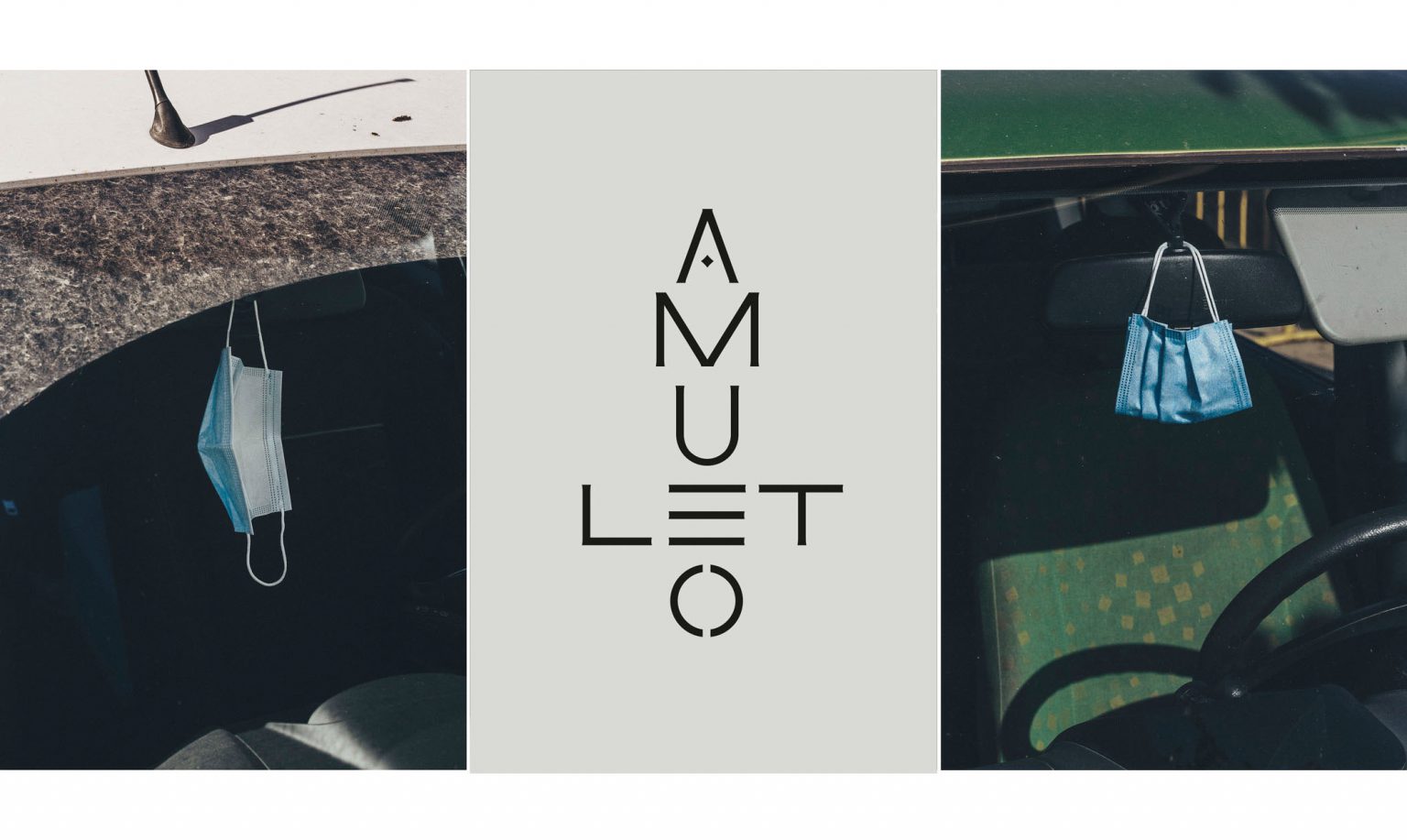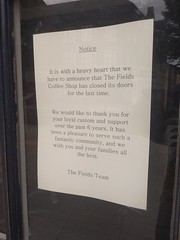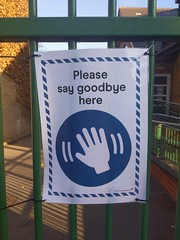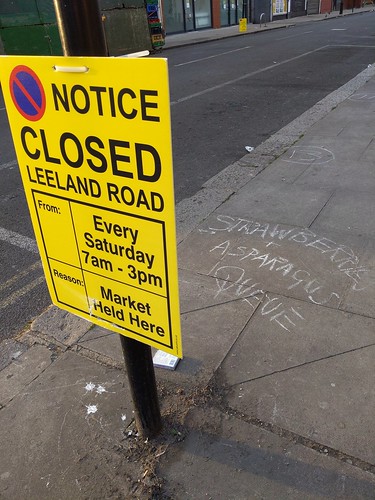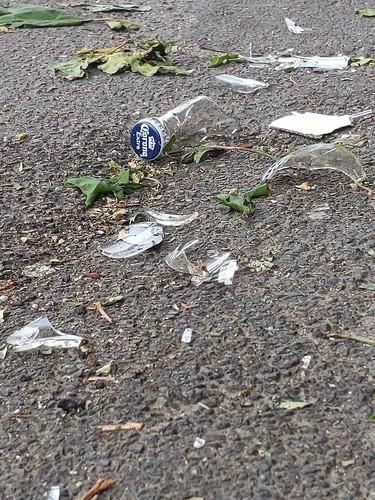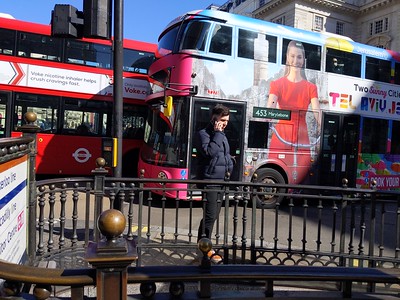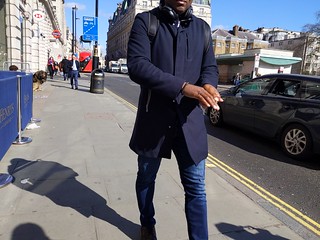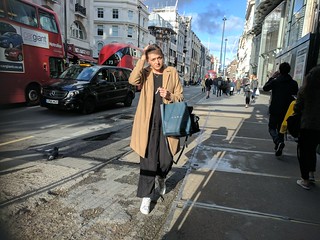I've been looking for new photography inspired by the events of this year even before I'd thought of collecting my own work into a book. Insiders by Liam Basford and Dominic Nozahic was published over the summer with a real energy and urgency to capture the moment but also acknowledge the impact on artists and creators. This was the theme of Limbo too with some high profile contributors and production values. In contrast Robert Law's Village Lockdown was a very personal response and none the less important.
However in this final week of 2020 it's fitting to have found Amuleto by Francheska Melendez and Ben Roberts that synthesises COVID-19 and the killing of George Floyd in a powerful, understated way.
The link between the two events is now, tragically, the phrase I can't breathe. Referencing current and historic texts as well as snippets of conversations the book weaves those words around a series of photographs of medical masks that we've now all become dependent on to ward off evil.
I admire the thought given to the iconography of the mask. Illuminated by Spanish sun its ubiquity and utility is transfigured. It's inspiring to take one element of so many visual references I've seen this year, to develop it in this way and then to combine it with words that root this in historic as well as contemporary context.
My book of the year.
